India’s economy is showing signs of entering what economists often call a “Goldilocks” phase — neither too hot nor too cold — marked by moderate, sustainable growth coupled with subdued inflation. The term “Goldilocks economy” is taken from the children’s story ‘Goldilocks and the Three Bears’, in which Goldilocks tries three bowls of porridge, finding one too hot, one too cold, and one just right from which she eats it all.
In economics, it describes an ideal state where the economy is neither too hot nor too cold, a steady economic growth that prevents downturn but not so much growth that inflation rises too high. The Reserve Bank of India (RBI), along with the central government, appears increasingly confident in steering the economy toward this delicate balance through calibrated monetary and fiscal actions. Recent developments, including comments from RBI Governor Sanjay Malhotra on July 15 and continued downward surprises in inflation data, suggest that India’s Goldilocks scenario could be brightening.
Inflation cooling faster than expected
Retail inflation in June 2025 came in at just 2.1%, far below the RBI’s earlier full-year projection of 3.7%. The average inflation for the April-June quarter stood at 2.7%, again undershooting the RBI’s estimate of 2.9%. If current trends continue, July inflation could dip below 2%, and full-year inflation may settle close to 3%, significantly beneath the RBI’s comfort band midpoint of 4%.
This unexpected disinflation, largely driven by easing food prices, stable energy costs, and improving supply chains, strengthens the case for further monetary easing. RBI governor Sanjay Malhotra has said the central bank may consider cutting rates if both inflation and growth continue to soften, indicating that inflation could fall below the full-year forecast of 3.7 per cent. The monetary policy committee’s neutral stance, he said, provides room to respond as conditions evolve. “If inflation and growth both trend lower, it could justify a policy rate cut,” Malhotra said in an interview to CNBC TV18 yesterday. “But it depends on how the data develops. We are still in the process of updating our projections.” Importantly, the Monetary Policy Committee’s (MPC) neutral stance gives it the room to remain data-driven and agile in responding to evolving macroeconomic conditions.
Room for more rate cuts
The RBI has already made two consecutive rate cuts, including a surprise 50 basis points cut in June. While market expectations had tilted toward a pause in the upcoming August policy review, the new inflation numbers may compel the MPC to reassess.Many economists, including Kunal Kundu of Societe Generale, believe that the RBI now has ample justification for two more 25 basis point cuts, which would bring the repo rate to 5.0%, a level that could both sustain demand and preserve financial stability. Such a stance aligns well with the RBI’s updated objective: supporting growth without compromising on inflation credibility.Gaura Sen Gupta, Chief Economist, IDFC First Bank, Mumbai, said, “The moderation in inflation is led by a decline in food inflation. Core inflation remains range-bound at 4.5%. The outlook for inflation remains favourable with strong start to Kharif sowing. Meanwhile, daily prices indicate moderation in vegetables prices month-on-month in July. We continue to expect CPI inflation to average at 3% with downside risk. This is below RBI estimate of 3.7% in FY26. There is space for one more 25bps cut in October or December.” Garima Kapoor, Economist, Institutional Equities, Elara Securities, Mumbai, said, “We expect full year CPI inflation to remain below the RBI’s full-year estimate of 3.7%, and hence do not rule out the possibility of another rate cut post the end of monsoon.”
Radhika Rao, Senior Economist, DBS Bank, Singapore, said, “June inflation rose by the slowest pace in six years, in line with our forecast at 2.1% year over year vs 2.8% the month before. Despite the sequential rise in perishables, especially vegetables, the broad food basket remained on a disinflationary path led by cereals and pulses, keeping headline inflation in check. The weak June inflation reading will feed into expectations that the RBI MPC could warm up to further cuts in this cycle.”
Growth holding steady amid global headwinds
India’s GDP growth remained steady at 6.5% in FY2024-25, and the RBI projects a similar trajectory for the current fiscal year. This resilience is noteworthy, especially when set against a backdrop of global uncertainty, including lingering trade tensions, geopolitical volatility and subdued external demand. The June RBI bulletin acknowledged these risks, citing the precarious global environment, ongoing supply-side fragilities, and the risk of fresh geopolitical shocks. Yet, India’s macro fundamentals — strong domestic demand, moderate fiscal deficit and a relatively stable external position — provide a firm cushion. The Ministry of Finance, in its May economic review, while cautioning about external vulnerabilities, struck a tone of cautious optimism: “These could be nervous but exciting times for the Indian economy.”
One key opportunity on the horizon is the potential India-US trade agreement, which could become a significant tailwind for Indian exports. In an environment where global trade has been marred by uncertainty and protectionism, a bilateral deal with the world’s largest economy could unlock market access, investment flows, and technology transfer.
Despite positive domestic signals, Indian policymakers remain appropriately cautious. The RBI’s emphasis on flexibility and data-dependence is crucial, given that global conditions remain volatile. Any sudden surge in oil prices, a flare-up in geopolitical tensions, or reversal of global capital flows could derail progress. The reference by the finance ministry to the need to “ride the tide” signals the importance of nimble policymaking, not just in monetary terms but also via targeted fiscal interventions, trade strategy and regulatory reforms. India’s continued emphasis on supply-side improvements, from logistics and energy to skilling and MSME support, will be vital to strengthening the Goldilocks moment.
The stars seem to be aligning for India. Falling inflation, stable growth, a proactive central bank, and possible India-US trade deal as well as other trade agreements, all suggest that the country is moving closer to an optimal policy equilibrium. The key now lies in execution, ensuring external risks are managed deftly and reform momentum is not lost. If India plays its cards right, this Goldilocks phase could serve as a launchpad for a sustained, inclusive and stable economic expansion, positioning it as one of the few large economies able to navigate an increasingly turbulent global landscape with confidence and poise.
(With agency inputs)
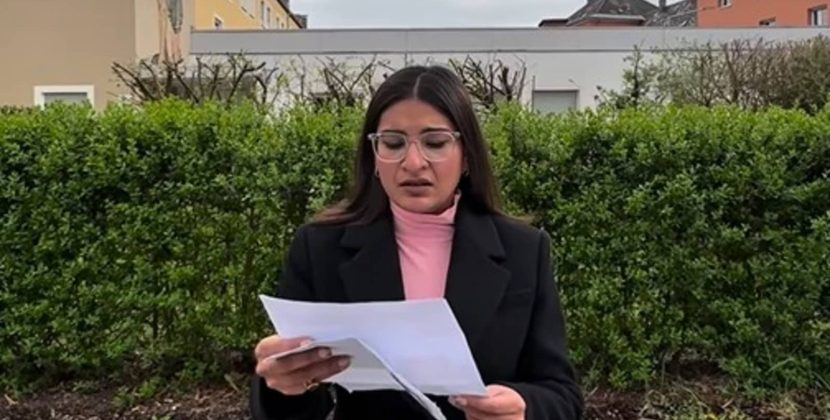

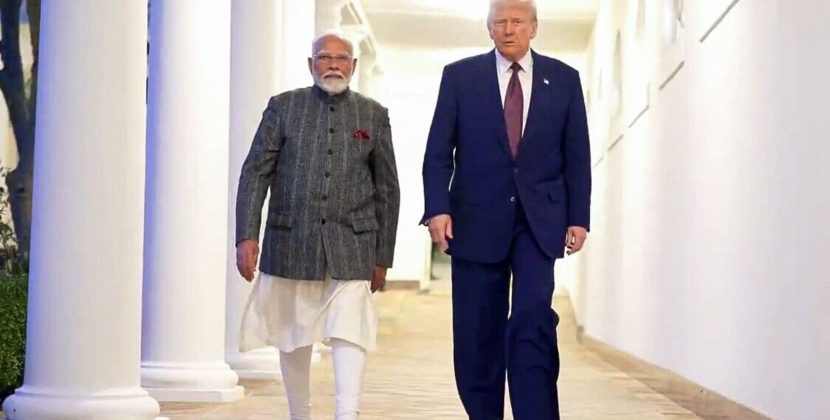






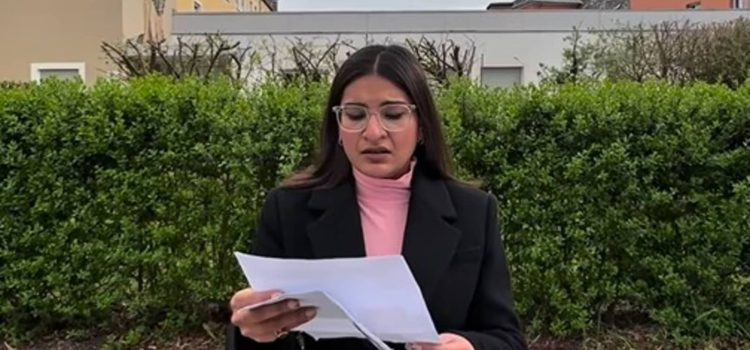
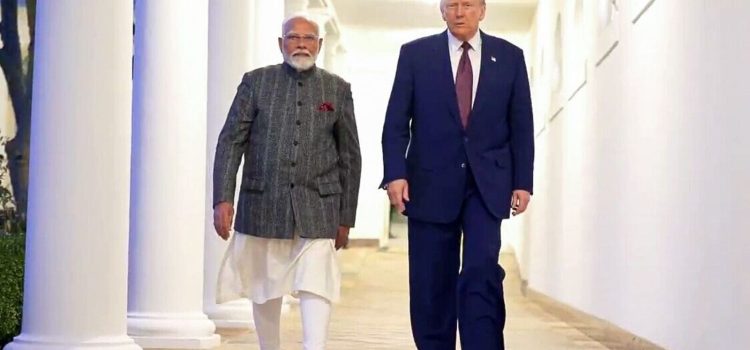


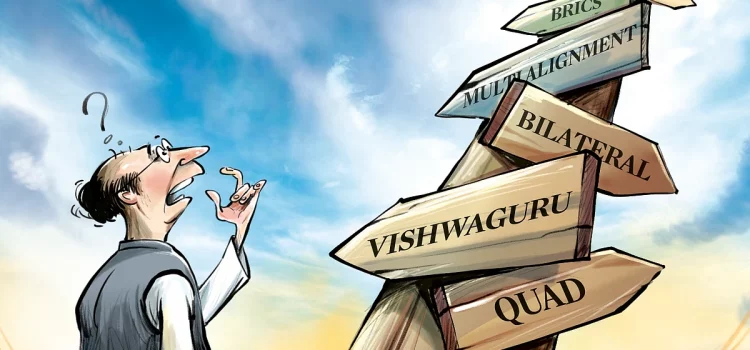
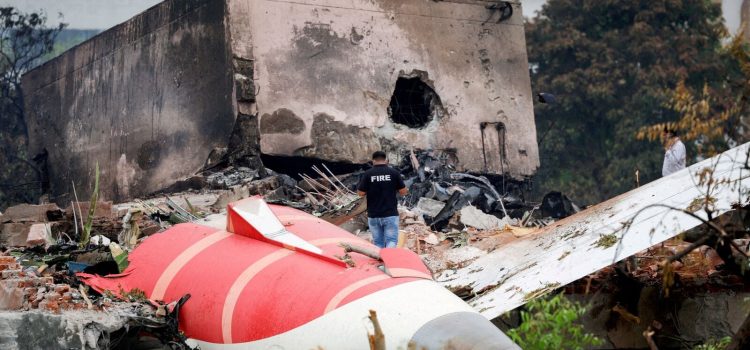
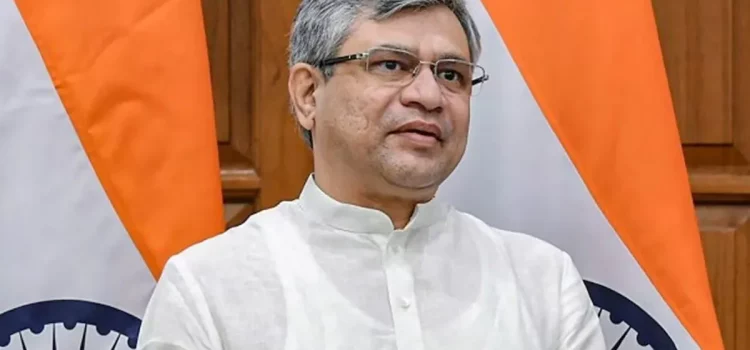
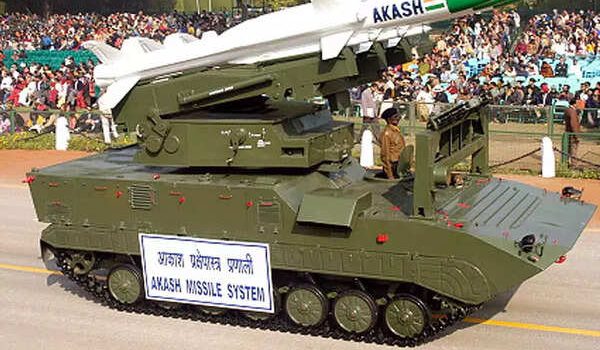
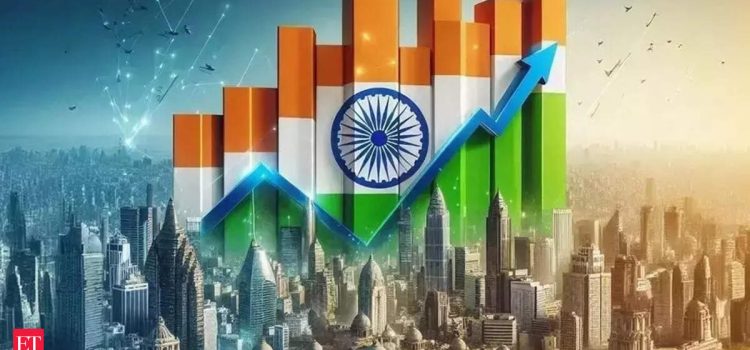


Comments